Oskar Brazda - Paintings (1887 - 1977)
Oskar Brázda (30 September 1887 Rosice – 19 December 1977 Líčkov) was a Czech painter and artist.
Oskar Brázda was born in Rosice in the family of Bohumil Brázda (1860) and his wife Bozena, née Havránková (1869). He spent his childhood and part of his first school years here. His father was in the hospitality business. The family moved several times. In 1895, she left for Prague, where her father, among other things, ran the Slavia cafe. Brázda attended grammar school in Prague. Entered the Academy of Fine Arts in Vienna in 1904. His professors there were mainly Rudolf Bacher (1862–1945) and Kasimir Pochwalski (1855–1940).
He successfully completed his studies at the Academy of Fine Arts in Vienna and then, thanks to an imperial scholarship, he studied in Italy. In 1915, he married Amelia Posse in Rome. During the First World War, they met Edvard Beneš and actively participated in the First Czechoslovak Resistance. Both were even interned in the years 1915-1916, as enemy aliens, in Sardinia in the city of Alghero. After 1920, he experienced a dizzying career in Italy, becoming a portraitist of the Roman aristocracy and royalty. In 1925, the political situation in Italy changed, so he left it with his family and returned to his homeland. Due to the beautiful surrounding countryside, he and his wife Amelia Posse-Brázdová bought the baroque castle Líčkov near Žatec, then uninhabited for 50 years, where he moved with her and his two sons (Bohuslav and Jan) and created intensively. His wife, a Swedish aristocrat, a relative of the Swedish royal family, became famous for her novels Sunny Captivity, Colorful Freedom and others not only in Sweden and Czechoslovakia, but also in Italy, Germany and England. Today, her memory is commemorated by the Amelie Posse-Brázdová Museum in southern Sweden in Skåne.
After the beginning of World War II, he had to leave the castle and spent some time in prison, from which he was released only after intervention from abroad. After the war, he returned to the castle, but it was expropriated from him in 1948 and he also lost some of the paintings with which he paid the so-called millionaire's allowance to the state. However, he remained at the castle. After 1989, his second wife Marie, née Weissová, got her husband's property back thanks to restitution and created the Oskar Brázda Gallery at Líčkov Castle, where visitors to the castle can see many of his works and personal belongings. The largest collection of Brázd's works, apart from the collection of Maria Weissová-Brázdová in Líčkov, is owned by the Benedikt Rejt Gallery in Louny and the Petr Brandl Gallery in Prague.
Brázda met Pablo Picasso in one of the French cafes in 1915, but neither was interested in the other. He met Picasso for the second time in 1917 in Rome. In 1921 and 1922, he spent his holidays on Capri with T. G. Masaryk and they remained lifelong friends. In 1924, Brázda received a high honor from the King of Italy, the Order of the Crown of Italy, and was appointed Komtur and received by the King for a public hearing. The first Brázd monograph was written in Italy in 1924 by Giovanni Marini. The painter's studio in the Vatican in Villa Czechina was also visited by Pope Benedict XV, the brother of the King of Sweden, Prince Eugene, the conductor Arturo Toscanini, the Italian winner of the Nobel Prize for Literature Grazia Deledda, Edvard Beneš, Milan Rastislav Štefánik...
He was awarded by, for example, František Josef I., Emanuel III., Tomáš Garrigue Masaryk and other Czechoslovak and foreign politicians. On his ninetieth birthday, he received the title of Meritorious Artist.
Today, Oskar Brázda's works are represented in several Italian state collections, including the National Gallery of Modern Art in Rome in the Boncompagni Ludovisi Palace, the Art Museum of Sassari in Sardinia, the Museo nazionale degli strumenti musicali in Rome, the collection of the University of Padua and others. Oskar Brázda occupied an important place between 1912 and 1925 as a member of the Roman Secession (Secessione Romana) and as a painter of Italian Fauvism. He successfully represented Italy several times at the Venice Biennale and his work was reported not only in the Italian, but also in the British, Swedish, French and German press. By leaving Italy, Brázda broke the ties he had built and did not reach his Italian fame. Today he is rehabilitated as an important European portrait painter of the 20th century.
-
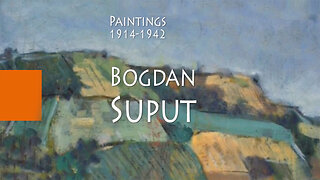 10:50
10:50
ARTOGRAPH EXHIBITIONS
1 year agoBogdan Suput - Paintings (1914 - 1942)
34 -
 4:59
4:59
ARTOGRAPH EXHIBITIONS
1 year agoKosta Miličević - Paintings (1877 – 1920)
47 -
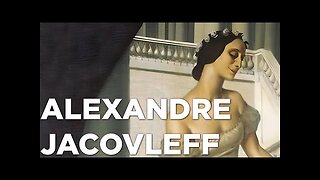 9:18
9:18
danielearte
1 year agoAlexandre Jacovleff: A Collection of 59 Paintings
21 -
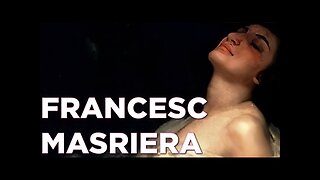 2:59
2:59
danielearte
1 year agoFrancesc Masriera: A Collection of 13 Paintings
29 -
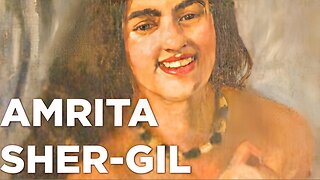 4:31
4:31
danielearte
1 year agoAmrita Sher Gil: A Collection of 28 Paintings
154 -
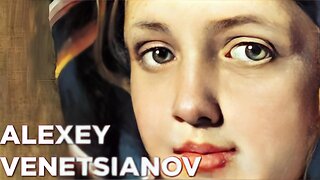 11:05
11:05
danielearte
1 year agoAlexey Venetsianov: A Collection of 87 Paintings
13 -
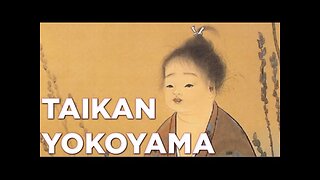 3:17
3:17
danielearte
1 year agoTaikan Yokoyama: A Collection of 22 Paintings
26 -
 8:33
8:33
danielearte
1 year agoLeon Bonnat: A Collection of 52 Paintings
49 -
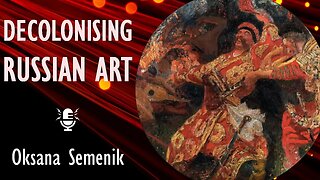 49:23
49:23
Silicon Curtain Podcast
1 year agoOksana Semenik - Ukrainian Artists Labelled as ‘Russian’ -Decolonizing American and European Museums
65 -
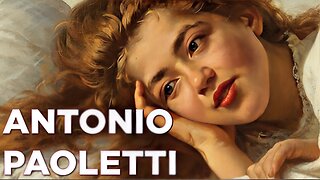 3:55
3:55
danielearte
1 year agoAntonio Paoletti: A Collection of 24 Paintings
20